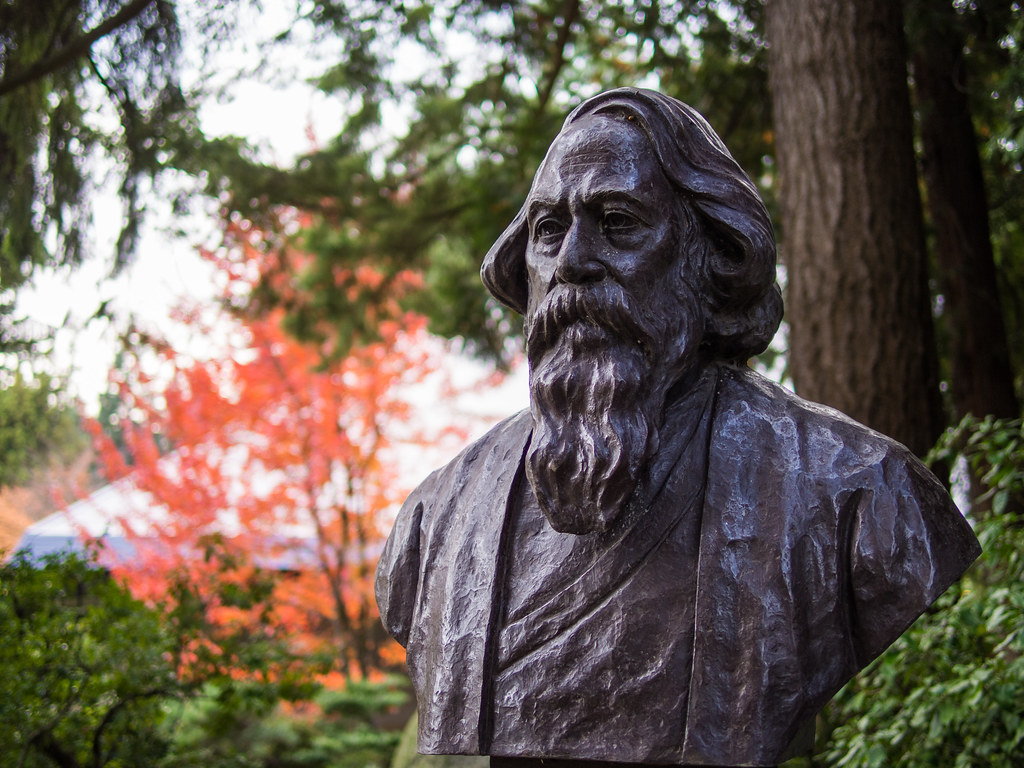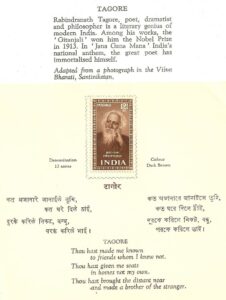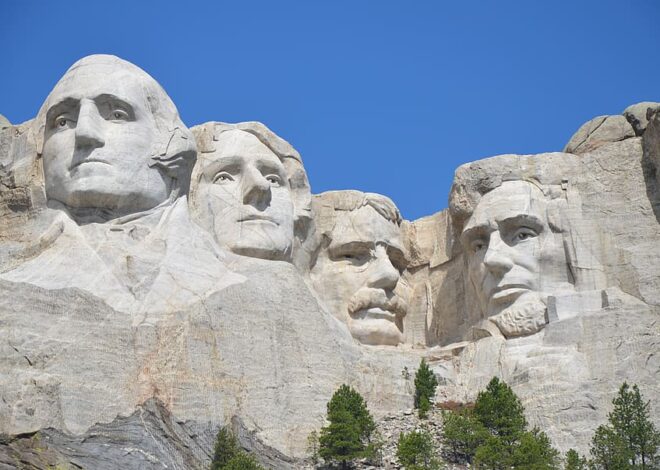
Rabindranath Tagore Poems : A Beacon of Enlightenment Genius
Introduction:
Rabindranath Tagore poems, a luminary of the Indian Renaissance, stands as a colossal figure in the realms of literature, art, education, and socio-political thought. Born on May 7, 1861, in Calcutta (now Kolkata), Tagore’s multifaceted genius manifested in his prolific literary works, profound philosophical insights, and groundbreaking educational endeavors. Awarded the Nobel Prize in Literature in 1913, Tagore’s impact extended far beyond the borders of India, influencing global literature and philosophy. This article delves into the life and legacy of Rabindranath Tagore, exploring the profound dimensions of his contributions to humanity.
Early Life and Family Background:
Rabindranath Tagore was born into a prominent Bengali family with a rich cultural and intellectual heritage. His father, Debendranath Tagore, was a respected philosopher and leader of the Brahmo Samaj, a reformist religious and social movement. Growing up in such an intellectually charged environment, Tagore developed a keen interest in literature, music, and the arts from an early age.
Educational Journey and Literary Beginnings:
Tagore’s educational journey took him to various institutions in India and abroad. His experiences ranged from attending a public school in Brighton, England, to studying law at University College London. However, Tagore’s passion for literature and the arts led him to return to India without completing his law degree. His exposure to Western literature, combined with his deep-rooted connection to Indian cultural traditions, became a powerful catalyst for his creative expressions.
Rabindranath Tagore Poems Literary Triumphs and Gitanjali:
Tagore’s literary career blossomed with the publication of his poetry collection “Gitanjali” (Song Offerings) in 1910. Originally written in Bengali and later translated into English by Tagore himself, Gitanjali captivated readers with its sublime verses that explored themes of spirituality, human connection, and the divine. The collection earned Tagore the Nobel Prize in Literature in 1913, making him the first non-European laureate in the history of the Nobel Prize.

Gitanjali’s verses, infused with a mystic fervor and an intimate connection to nature, resonated globally. W.B. Yeats, a fellow Nobel laureate and a contemporary of Tagore, wrote the introduction to the English version of Gitanjali, expressing his admiration for Tagore’s profound poetic sensibilities. The publication of Gitanjali marked the beginning of Tagore’s international acclaim, and his poetic genius was acknowledged on the global stage.
Profound Philosophy and The Home and the World:
Tagore’s literary oeuvre extended beyond poetry, encompassing novels, essays, and plays that reflected his keen observations of society and human relationships. “The Home and the World” (Ghare-Baire), a novel published in 1916, is a poignant exploration of nationalism, identity, and the intricacies of personal and political life. Set against the backdrop of the Swadeshi movement, the novel delves into the complex interplay between tradition and modernity.
In “The Home and the World,” Tagore presents the character of Bimala, a woman torn between her loyalty to her husband and her burgeoning sense of self-realization. The novel not only explores the challenges faced by individuals in a rapidly changing society but also serves as a reflection on the broader implications of nationalism and the quest for individual freedom.
Artistic Expression: Paintings and Music:
Tagore’s artistic pursuits extended beyond the written word to the visual arts and music. He was a prolific painter, creating a vast collection of artworks that reflected his poetic sensibilities. Tagore’s paintings, characterized by simplicity and emotive brushstrokes, often depicted nature, rural life, and human emotions. His visual art, like his poetry, conveyed a deep appreciation for the beauty and interconnectedness of the world.
In addition to painting, Tagore was a luminary in the realm of music. He composed thousands of songs, collectively known as Rabindra Sangeet. These songs, marked by their lyrical beauty and emotional depth, became an integral part of Bengali culture. Tagore’s musical compositions celebrated themes of love, nature, and spirituality, creating a unique musical legacy that continues to resonate in the hearts of millions.
Educational Vision and Santiniketan:
Tagore’s vision for education was as revolutionary as his literary and artistic endeavors. In 1901, he founded an experimental school called Santiniketan, situated in rural West Bengal. Initially conceived as an ashram, Santiniketan evolved into Visva-Bharati University in 1921, reflecting Tagore’s vision of a universal center for learning that transcended conventional boundaries.
Santiniketan embodied Tagore’s educational philosophy, emphasizing the holistic development of an individual’s mind, body, and spirit. Rejecting the rigid structures of traditional education, Tagore advocated for an approach that integrated arts, sciences, and nature. The open-air classrooms, the emphasis on experiential learning, and the celebration of creativity at Santiniketan were groundbreaking and foreshadowed modern educational principles.
Tagore’s educational vision was not limited to academic pursuits; it aimed at nurturing individuals who were socially conscious, creative, and spiritually connected to the world around them. The ethos of Santiniketan has inspired educational thinkers worldwide, and the institution remains a symbol of Tagore’s commitment to a transformative and inclusive approach to learning.
Social and Political Engagement:
Tagore’s engagement with the socio-political landscape of his time was marked by a deep commitment to social justice, anti-colonialism, and the pursuit of a harmonious coexistence. The Jallianwala Bagh massacre in 1919, where British forces brutally killed hundreds of unarmed civilians, prompted Tagore to renounce the knighthood he had received in 1915 as a form of protest.
Tagore’s vision for India transcended mere political independence; he envisioned a society that celebrated diversity, inclusivity, and cultural exchange. His concept of “Vishwa Bharati” (World University) aimed at fostering international understanding and cooperation through education and cultural exchange. Tagore believed that true freedom could only be achieved when individuals and nations transcended narrow boundaries and embraced a shared humanity.
Global Influence and Legacy:
Rabindranath Tagore’s influence extends far beyond the confines of his native land. His ideas, expressed through literature, art, and education, have left an indelible mark on global thought. Tagore’s works have been translated into numerous languages, allowing people worldwide to appreciate the richness of Bengali literature and philosophy.
In the literary realm, Tagore’s influence can be seen in the works of authors ranging from Jorge Luis Borges to Chinua Achebe. The universal themes of love, nature, and spirituality explored in Tagore’s poetry continue to resonate with readers across cultural and linguistic boundaries.
Tagore’s legacy is also evident in the realm of philosophy and education. His emphasis on the interconnectedness of all knowledge, the integration of arts and sciences, and the nurturing of creativity has inspired progressive educational institutions globally. Scholars and educators continue to draw inspiration from Tagore’s holistic approach to learning and his vision of education as a transformative and liberating force.
Conclusion:
Rabindranath Tagore’s life and work exemplify the transformative power of creativity, intellect, and a profound


